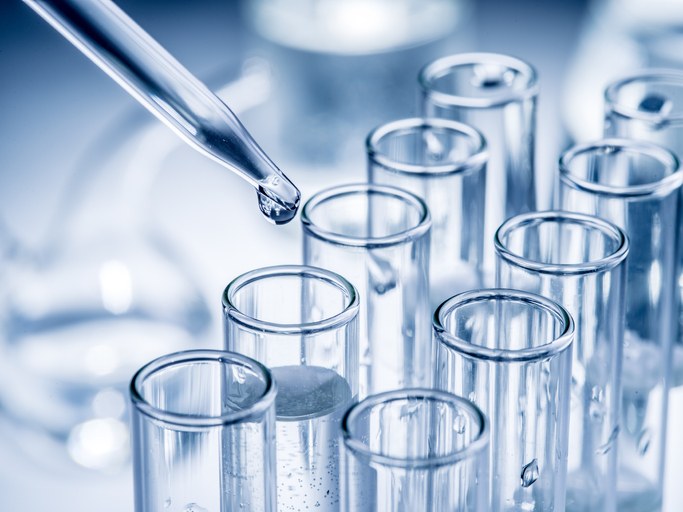The pursuit of follow-on biologics is quite different than developing generic small molecule drugs, and companies must position themselves to make the most of their data and time in this endeavor.
In the realm of small molecule drugs, generic competition is well established and straight forward. Manufacturing processes are standardized, and generics are essentially chemical equivalents to their originals, with only slight ingredient variation allowed. Generic small molecule drugs take advantage of abbreviated approval pathways and have markedly lower development costs compared to their reference products; they are often readily substitutable for their primary counterparts at the pharmacy and are priced around 80-85% less.
It is different with biologics.

Creating Equivalent Biologics Presents Greater Complexities
Greater complexity begets greater challenges.
Biologics are more complex—not only in their larger structures, but also in the complicated processes used to analyze and develop them. In fact, the term ‘generic’ is not even used for biologics; instead, we have ‘biosimilars’ or ‘biobetters,’ which each have their own pros and cons.[1]
Biosimilars
Biosimilars, while not identical to their reference structures, undergo thorough testing to establish similarity in terms of structure, function, efficacy, and safety. Like generic small molecule drugs, biosimilars benefit from an abbreviated approval process with less stringent clinical trial requirements; however, approval is only possible after a reference drug’s exclusivity expires, and companies must provide sufficient evidence that a biosimilar product should be granted the same indication(s) as its reference product. Currently, over thirty wide-ranging biosimilar products are approved in the United States and that number is expected to grow as patents from the earliest biologics expire.
While the time and cost to develop biosimilars are lower than for their reference biologics, the differences are not as vast as with small molecule generics; a key reason for this is because while reference biologic structures are known, the intricate processes used to develop those structures remain proprietary. As a result, patients see only 15% to 35% price reductions with biosimilars. Additionally, in the US, the FDA must declare biosimilar drugs interchangeable for them to be readily substituted for their reference drugs without a change in prescription. While this presents yet another hurdle to developers, it also comes with a period of exclusivity that prevents other biosimilars from too quickly receiving the same clearance.
Biobetters
Biobetters try to improve upon reference biologics, not just emulate them. They are currently considered new drugs and therefore receive patent exclusivity. While this means no fast-tracked approval process, it also means developers can avoid waiting for the reference drug’s patent expiration, making it possible for a biobetter to beat a biosimilar to market.
Biobetters are subject to all the rigorous testing and trials required for a new drug. However, developers have a head-start, having a known target protein and established efficacy and safety data for the reference structure. This knowledge can be used explore things like structural changes, chemical modifications, or process alterations that could help deliver an alternative that is hopefully more efficacious, better tolerated, safer, easier to administer, or longer-lasting than the original.
Facilitating the Pursuit of Biosimilars and Biobetters
In the pursuit of biosimilars and biobetters, data are key. Researchers need to not only leverage scores of data related to a reference biologic, but they must also consider that data in relation to the volumes of data coming from their study of new candidates’ pharmacokinetics, pharmacodynamics, safety, purity, potency, immunogenicity, and, ultimately, clinical response.
Dotmatics can help by providing a united scientific research informatics platform that delivers:
unparalleled data management and collaboration capabilities
deep and broad scientific capabilities to support CAR-T therapy, RNA therapy, and antibody discovery research
trusted bioinformatics and molecular biology applications, including Geneious, SnapGene, Protein Metrics, and Prism
Learn More
Request a demo of Dotmatics to learn how we can help you expedite biosimilar and biobetter research by providing solutions that capture data across teams and disciplines, reduce operational inefficiencies, and inform critical decisions.
References
[1]: McNeely, Wendy. “Biosimilar vs Biobetter – a two-horse race. A white paper.”
Adis Business Intelligence (part of Springer Nature).
https://media.springernature.com/full/springer-cms/rest/v1/content/15588272/data/v4

